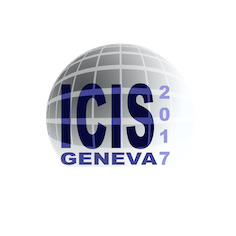Speakers
Description
The constant need for higher beam intensity of multiply charged ion beams is a strong motivation to investigate high frequency electron cyclotron resonance ion sources. The use of NbTi superconducting coils to generate the ion source magnetic field was successfully demonstrated up to the 28 GHz ECR frequency in many laboratories. Lanzhou laboratory is developing a 45 GHz ion source requiring the use of Nb3Sn superconducting cable. Attempts to design a superconducting ion source above this frequency appear today unrealistic using the state of the art know how of Nb$_3$Sn wires. To cope with the present superconducting coil limitations, very high magnetic fields (e.g. up to 36.5 T in a 34 mm bore at LNCMI Grenoble) are today generated using copper coil technology. Such techniques can be adapted to design a very high frequency ECR ion source. A summary of the 60 GHz ECR R&D performed since 2007 at LPSC is proposed. The conceptual design of a 60 GHz ion source magnetic structure using copper coils to generate a radial magnetic field of 4T and superconducting axial coils to generate the axial field with a peak value of 7 T is presented. Such a system can be tested at LNCMI Grenoble using the local water-cooling and power supply infrastructure to study the far future of high intensity, high charge state ECR ion sources applied to future generation accelerators.




